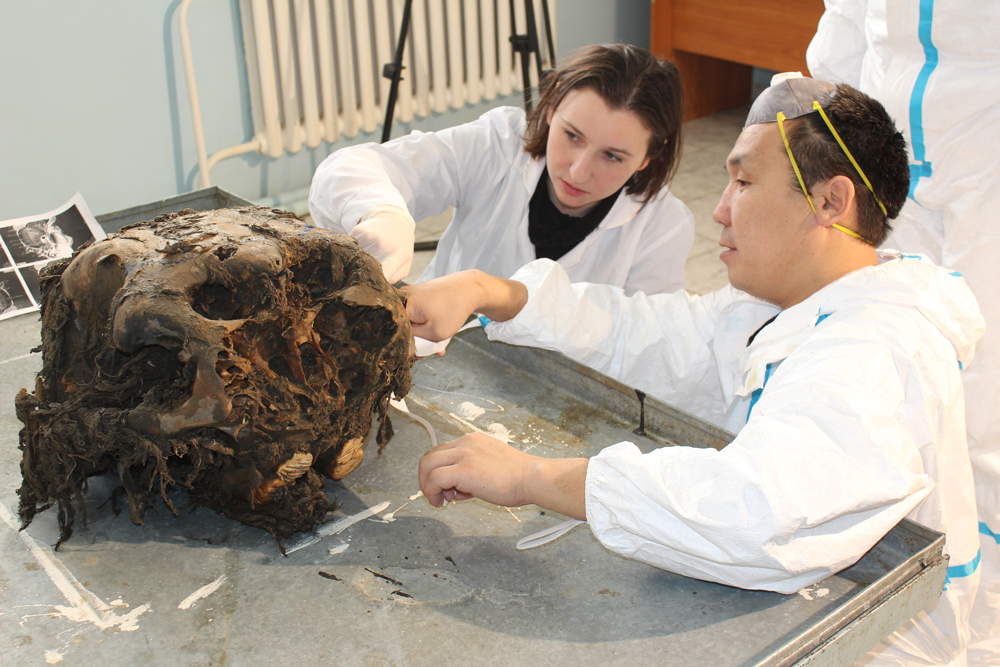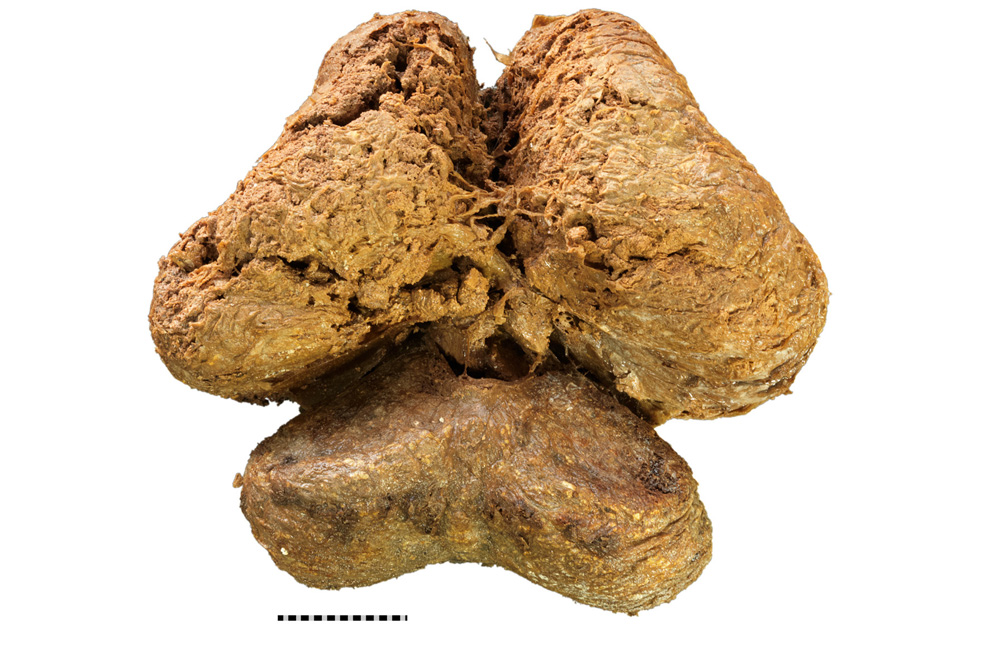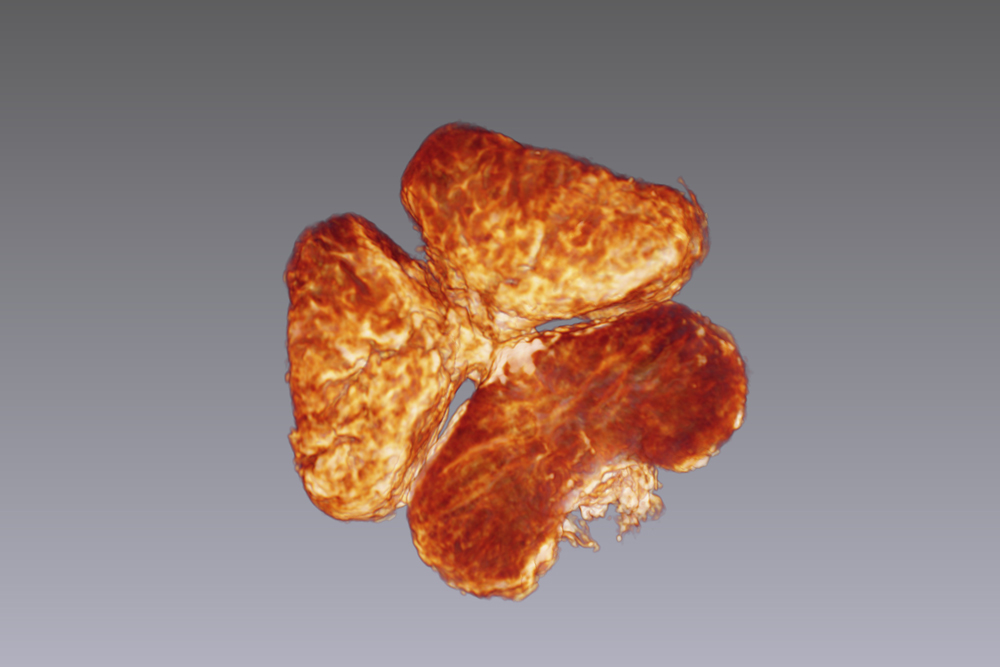In photos: Mummified woolly mammoth discovered
About four years ago, the mummified carcass of a 39,000-year-old woolly mammoth was discovered in permafrost on the Laptev Sea coast near Yukagir, Russia. The animal, nicknamed "Yuka," had an unusually well-preserved brain. It is the first, and, so far the only case of a preserved mammoth brain that has ever been recovered from permafrost, according to researchers. Here is a look at the mammoth and its brain. (All photos courtesy of Anastasia Kharlamova of the Research Institute of Human Morphology Russian Academy of the Medical Sciences in Moscow, Russia) [Read full story on the woolly mammoth discovery]
Yuka Mammoth Find
In August 2010, a mummified carcass of the 39,000-year-old woolly mammoth was discovered in Siberia. The unique specimen, nicknamed "Yuka," was very well preserved and even retained some of its reddish fur.
The Yuka brain
The mammoth had an exceptionally well-preserved brain, which has now been described in a new study, published online Oct. 25 in the journal Quaternary International. In this photo, study author Anastasia Kharlamova of the Research Institute of Human Morphology Russian Academy of the Medical Sciences in Moscow, Russia, examines the animal's skull with her colleague Innokenty Pavlov of Y.M. Yaroslavsky Yakutsk Regional Museum.
Skull trepanation
When the researchers trepanned the animal's skull to get to the brain, they noticed that there were still remains of soft tissue on the skull's surface, according to the study.
Get the world’s most fascinating discoveries delivered straight to your inbox.
The mamoth brain revealed
The mammoth specimen also had a well-preserved dura mater — which translates into "tough mother" — a dense membrane that protects the brain and spinal cord, as well as visible vessels and sinuses, the researchers wrote. This photo shows parts of Yuka's brain under the dissected dura mater.
Unique find
The Yuka woolly mammoth specimen is the first mammoth [and large mammal] finding with the preserved brain from permafrost in the history of paleoneurology," Kharlamova told Live Science in an email.
"And it is still [the] only mammoth specimen with the preserved brain," she said, describing the presence of the nervous system structure in this large extinct species as something absolutely new in this field of research.
Brain unveiled
Here is the mammoth brain from a dorsal view. The brain may have been thawed and frozen again several times, as the carcass has been stored in different conditions, the researchers wrote in the study.
3D reconstruction
This is a 3D reconstruction of the woolly mammoth's brain from a lateral view. The researchers used CT and MRI scanning to learn more about the mysterious organ inside the mammoth, which was between 6 and 9 years old when it died.
This image also shows the brain reconstructed in 3D. Based on their research experience with Yuka, the researchers came up with a set of tips that suggest best strategies on how to proceed with preserving potential mammoth brains in the future.
"If there is an indication that the specimen discovered in permafrost has a preserved brain, it should be transported in a frozen condition to the analyzing laboratory inside the cranium, to avoid mechanical damage and deformations," they wrote in the study, also recommending that repeated thawing and freezing should be avoided at all costs.
Follow us @livescience, Facebook & Google+.










